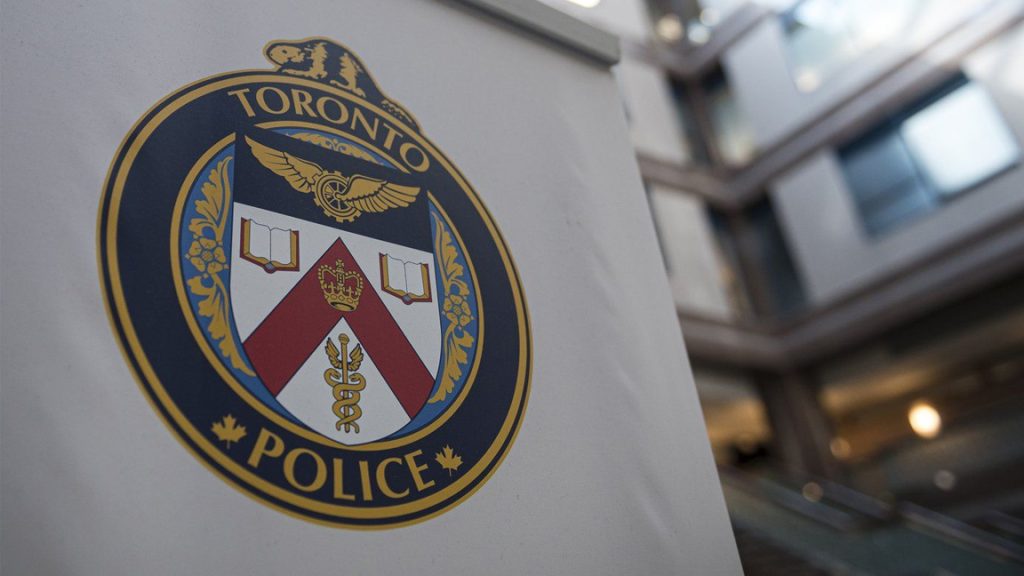From stigma to success: Treatment triumph changes B.C. hospital’s AIDS ward
Posted May 27, 2014 2:03 pm.
This article is more than 5 years old.
VANCOUVER – A Vancouver hospital ward once so stigmatized it was only referred to by code name has been transformed from an AIDS-dedicated centre now the illness has been “virtually controlled” in the province.
St. Paul’s Hospital in the city’s core is repurposing the floor that nursing staff would only identify as “10C,” because of a near-elimination of AIDS cases in British Columbia and the associated drop in need for high-maintenance HIV care.
But Dr. Julio Montaner, a longtime crusader and champion of the AIDS/HIV treatment-as-prevention program, said Ottawa’s failure to take greater action has hindered progress in wiping out the disease nationwide.
“If every province was doing what B.C. has done, we would have a country that would be celebrating together the same thing,” said Montaner, who helms the BC Centre for Excellent in HIV/AIDS.
“We are not, because they have not. And unfortunately the lack of federal leadership in this regard is an impediment for us to move forward.”
Montaner joined Premier Christy Clark and other officials on Tuesday in lauding the ward’s metamorphosis as a sign that the illness is almost under control in the province.
“Virtually AIDS disappeared, but it didn’t really disappear until the very end, when treatment-as-prevention became the reality,” Montaner said, holding up a graph depicting a dramatic plummet in cases.
“We did it and everybody else can do it.”
The ward opened during the peak of Vancouver’s HIV/AIDS epidemic in February 1997, when approximately one person was dying each day.
As of 2013, only 40 people in B.C. were identified as living with the disease that can develop from the HIV virus without medical care, according to the BC Centre for Excellence in HIV/AIDS.
There was an estimated 11,972 cases of people infected with HIV in 2012 in B.C., with more than half getting active treatment.
Expanded treatment coverage in the province is credited for an 80 per cent drop in both AIDS cases and HIV-related deaths since 1996, and a 66 per cent decline in new HIV diagnoses.
But that contrasts with the “worst epidemic” of HIV/AIDS yet to be tackled in Canada, said Montaner. Some 70 per cent of new cases in Saskatchewan and 40 per cent of new cases in Manitoba are among First Nations people, who rely heavily on the federal government, he said.
A spokeswoman for Health Minister Rona Ambrose said there’s been “strong federal leadership on the file.”
Over the coming year, Ottawa will invest $86.7 million on two initiatives addressing domestic HIV/AIDS, including a vaccine program. The government has also invested more than half a billion dollars on research.
The lowest number of newly-diagnosed HIV infections was reported to the Public Health Agency of Canada in 2012, said a statement. On its website, the agency says the HIV/AIDS pandemic “remains an enormous challenge in Canada and around the world.”
The St. Paul’s ward will continue to provide HIV/AIDS treatment, but will expand its focus to include various bacterial and viral infections like chronic hepatitis.
Patients are no longer being admitted with the expectation of death, instead they’re attending to be treated for a chronic, manageable, long-term illness, said Clark.
“I can think of no better reason to close a hospital ward and repurpose that hospital ward than a lack of demand,” she said.
United Nations under-secretary for UNAIDS Michel Sidibe said B.C. has reached a “defining moment” that should inspire global communities to start thinking about ending AIDS altogether.
B.C.’s prevention strategy has been adopted by France, Brazil, China and several U.S. cities.
“I was not a popular kid when I first said I was going to do this,” Montaner said. “Basically they told me I was crazy, not only in my backyard but all around the world.”
Vancouver artist Tiko Kerr, who has been living with HIV for almost 30 years, credits Montaner and his organization for the fact his blood work no longer registers the virus.
In 2005, Kerr, five other infected men and Montaner’s group lead a media campaign that so “embarrassed” the federal government it reversed its decision after denying help and paid for experimental drugs.
“I wouldn’t be alive if I were somewhere else in the world,” Kerr said.
___
Follow @tamsynburgmann on Twitter










